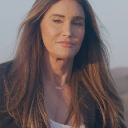-
 bitcoin
bitcoin $110311.910091 USD
1.97% -
 ethereum
ethereum $3964.172463 USD
0.34% -
 tether
tether $1.000288 USD
-0.05% -
 bnb
bnb $1098.563056 USD
-0.37% -
 xrp
xrp $2.479902 USD
4.31% -
 solana
solana $188.301025 USD
1.38% -
 usd-coin
usd-coin $0.999961 USD
0.01% -
 tron
tron $0.322477 USD
0.49% -
 dogecoin
dogecoin $0.199450 USD
2.51% -
 cardano
cardano $0.662393 USD
2.33% -
 hyperliquid
hyperliquid $37.947663 USD
1.71% -
 chainlink
chainlink $18.819081 USD
9.53% -
 ethena-usde
ethena-usde $0.999345 USD
-0.04% -
 stellar
stellar $0.323467 USD
2.06% -
 bitcoin-cash
bitcoin-cash $479.282126 USD
1.50%
What is the difference between the UTXO model and the account model of blockchain?
The UTXO model, used by Bitcoin, treats cryptocurrency like cash, while the account model, used by Ethereum, operates like a bank account, affecting transaction processing and scalability.
Mar 28, 2025 at 01:35 pm
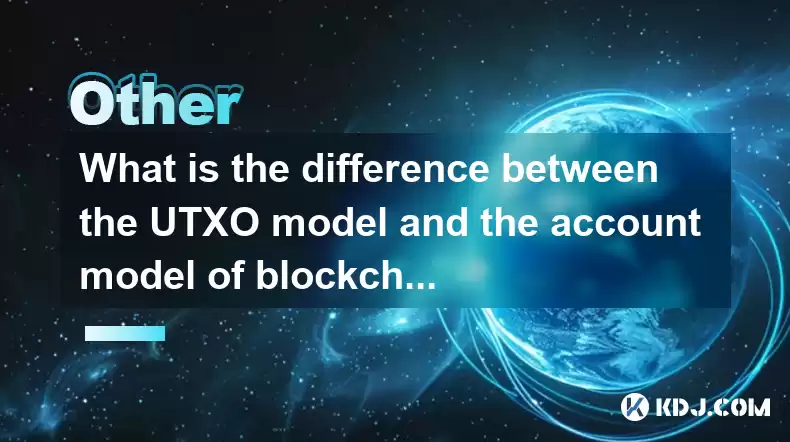
Understanding the Fundamental Differences: UTXO vs. Account Model
The core difference between the Unspent Transaction Output (UTXO) model and the account model lies in how they track and manage cryptocurrency balances. The UTXO model views cryptocurrency as a collection of unspent outputs, while the account model uses a ledger that tracks balances for each account. This seemingly small difference leads to significant variations in transaction processing and overall blockchain architecture.
The UTXO model, famously used by Bitcoin, treats each transaction output as an individual, independent unit. Think of it like physical cash: each bill is a separate entity. Transactions 'spend' these UTXOs, creating new ones as outputs. This approach ensures transparency and allows for efficient verification of transactions. Every transaction references specific UTXOs as inputs and generates new UTXOs as outputs.
In contrast, the account model, used by Ethereum and many other blockchains, operates more like a traditional bank account. Each account has a balance, and transactions directly modify these balances. This simplifies transaction processing, making it potentially faster and more scalable. The model tracks the balance for each address directly, reducing the complexity of managing unspent outputs.
Detailed Comparison of UTXO and Account Models
Let's delve deeper into the specifics, highlighting the key distinctions between these two fundamental blockchain models.
Transaction Processing:UTXO: Transactions in the UTXO model involve selecting specific UTXOs as inputs, whose total value must equal or exceed the transaction's output value. Any excess value is returned as 'change' in a new UTXO. This process is highly secure and transparent, as each transaction’s inputs and outputs are clearly defined.
Account: In the account model, transactions simply debit and credit accounts. The process is more straightforward and less computationally intensive, potentially leading to faster transaction times. However, this simplicity can also present challenges in terms of security and transparency.
UTXO: The UTXO model can face scalability challenges as the number of unspent outputs grows. Managing and searching through a large number of UTXOs can become computationally expensive. This can impact transaction speeds and overall blockchain performance.
Account: The account model generally offers better scalability, as it doesn't require searching through a massive UTXO set. This makes it more suitable for handling a high volume of transactions, potentially improving the overall speed and efficiency of the blockchain.
UTXO: The UTXO model's transparency contributes to its security. Every transaction is verifiable by referencing specific UTXOs. This makes it harder to manipulate or double-spend funds.
Account: The account model's simplified structure can potentially introduce security vulnerabilities if not implemented carefully. While generally secure, the lack of direct UTXO tracking can make auditing and verification slightly more complex.
UTXO: Implementing complex smart contracts on UTXO-based blockchains is more challenging. The inherent structure of UTXOs doesn't lend itself easily to the intricate logic required by many smart contracts.
Account: The account model is inherently better suited for smart contracts. The ability to directly manipulate account balances simplifies the implementation of complex logic and functionality within smart contracts.
UTXO: Transaction fees in UTXO-based systems are often determined by the size of the transaction, reflecting the computational cost of processing the inputs and outputs.
Account: Transaction fees in account-based systems can be more flexible, potentially incorporating factors beyond transaction size, such as network congestion or gas consumption for smart contract execution.
UTXO: UTXO models require storing all unspent transaction outputs, leading to a potentially larger blockchain size over time. This can impact storage requirements and potentially network bandwidth.
Account: Account models only need to store the current account balances, potentially resulting in a smaller blockchain size compared to UTXO models, assuming comparable transaction volumes.
Further Considerations and Specific Examples
Bitcoin, a prominent example of a UTXO-based blockchain, prioritizes security and decentralization. Its relatively simple transaction model contributes to its robustness and resilience against attacks. However, this simplicity also limits its scalability and smart contract capabilities.
Ethereum, on the other hand, utilizes the account model, enabling the development and execution of sophisticated smart contracts. This flexibility comes at the cost of potentially increased complexity in transaction processing and security considerations.
Frequently Asked Questions
Q: Can a blockchain use both UTXO and account models simultaneously?A: No, a blockchain typically uses either the UTXO or the account model. Hybrid approaches exist but are rare and generally involve distinct layers or modules within the blockchain architecture.
Q: Which model is better: UTXO or account?A: There's no single 'better' model. The optimal choice depends on the specific goals and priorities of the blockchain. UTXO excels in security and transparency, while the account model offers better scalability and smart contract capabilities.
Q: How does the UTXO model prevent double-spending?A: The UTXO model prevents double-spending because each UTXO can only be spent once. Attempting to spend the same UTXO twice will result in the transaction being rejected by the network.
Q: What is the impact of the growing number of UTXOs on the Bitcoin network?A: The growing number of UTXOs can lead to increased storage requirements and potentially slower transaction processing times on the Bitcoin network. Various techniques, like coinjoin transactions, are being explored to mitigate this issue.
Q: Are there any other blockchain models besides UTXO and account?A: While UTXO and account models are the most prevalent, other approaches exist, often incorporating elements of both or representing variations on the core concepts. These are less common and generally less widely adopted.
Q: How does the account model handle transaction conflicts?A: The account model handles transaction conflicts through mechanisms like transaction ordering and conflict resolution protocols built into the consensus mechanism. These protocols ensure that only valid transactions are processed and that account balances remain consistent.
Disclaimer:info@kdj.com
The information provided is not trading advice. kdj.com does not assume any responsibility for any investments made based on the information provided in this article. Cryptocurrencies are highly volatile and it is highly recommended that you invest with caution after thorough research!
If you believe that the content used on this website infringes your copyright, please contact us immediately (info@kdj.com) and we will delete it promptly.
- Crypto Coins: Ethereum, Solana, and the Rise of AI in 2025
- 2025-10-21 08:45:16
- TRON's Stablecoin Empire: Cross-Chain Expansion and Blockchain Innovations
- 2025-10-21 08:45:16
- Shiba Inu, AlphaPepe, Presale: The Meme Coin Evolution
- 2025-10-21 08:50:01
- Dogecoin, Whales, and Bullish Alternatives: What's the Deal?
- 2025-10-21 08:50:01
- Shohei Ohtani, World Series, and Baseball Fever: A Los Angeles Love Affair
- 2025-10-21 08:50:01
- Ethena's Expansion: New Products and Team Growth on the Horizon
- 2025-10-21 08:50:12
Related knowledge
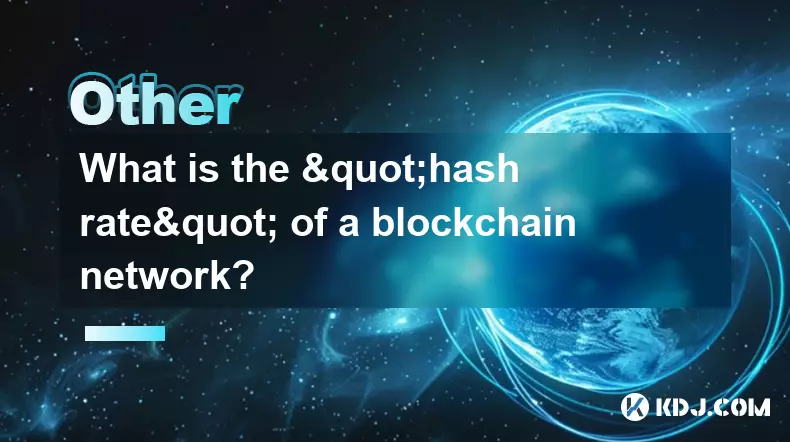
What is the "hash rate" of a blockchain network?
Oct 10,2025 at 03:55pm
Understanding Hash Rate in Blockchain Networks1. The hash rate refers to the total computational power being used to process transactions and mine new...
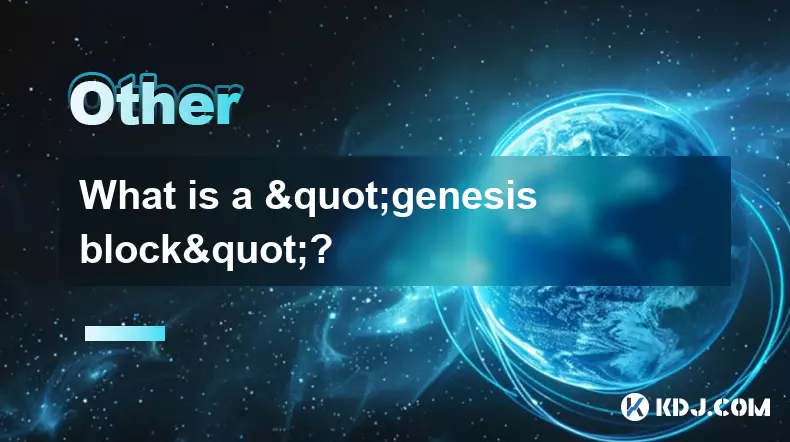
What is a "genesis block"?
Oct 15,2025 at 07:55pm
Understanding the Genesis Block in CryptocurrencyThe genesis block is the very first block in a blockchain network. It serves as the foundation upon w...
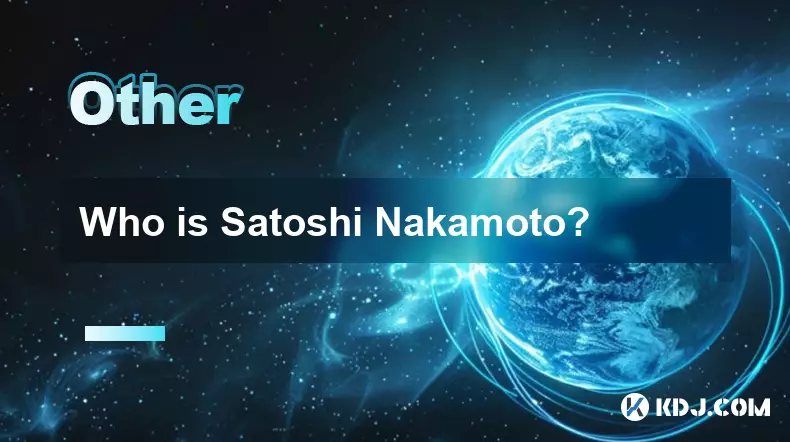
Who is Satoshi Nakamoto?
Oct 15,2025 at 01:01pm
Who is Satoshi Nakamoto?1. Satoshi Nakamoto is the pseudonymous individual or group credited with creating Bitcoin, the first decentralized cryptocurr...
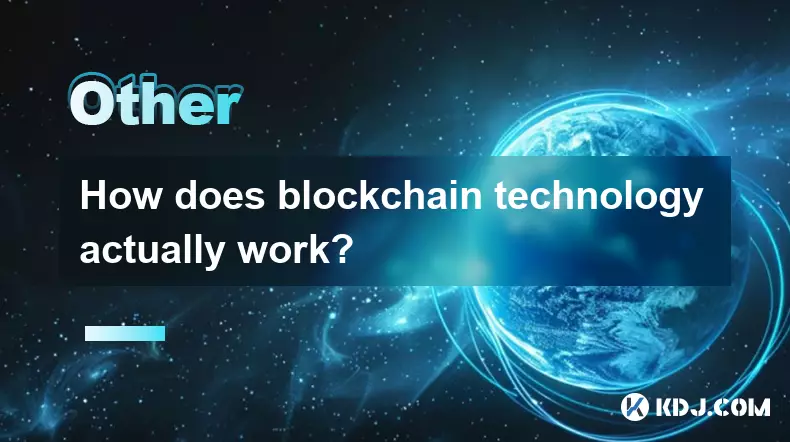
How does blockchain technology actually work?
Oct 11,2025 at 02:36pm
Understanding the Core Mechanism of Blockchain1. At its foundation, blockchain is a decentralized digital ledger that records transactions across mult...
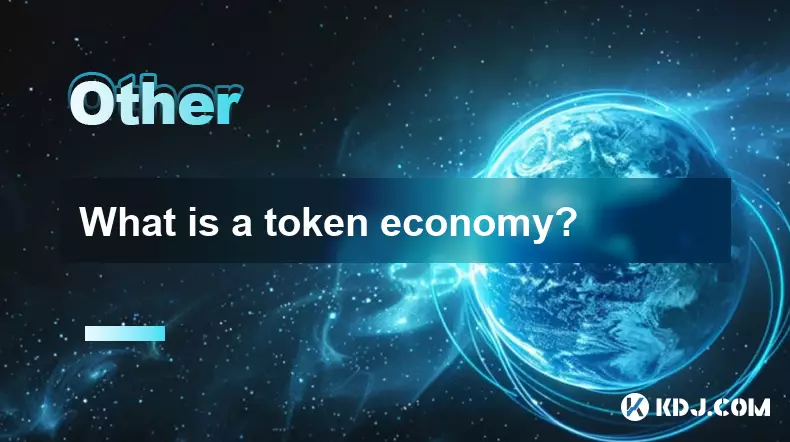
What is a token economy?
Sep 20,2025 at 12:18am
Understanding the Foundations of a Token Economy1. A token economy in the context of cryptocurrency refers to a system where digital tokens are used a...

What are suitable application scenarios for blockchain?
Sep 20,2025 at 03:19am
Decentralized Finance (DeFi) Platforms1. Blockchain enables the creation of financial services without centralized intermediaries, allowing users to l...

What is the "hash rate" of a blockchain network?
Oct 10,2025 at 03:55pm
Understanding Hash Rate in Blockchain Networks1. The hash rate refers to the total computational power being used to process transactions and mine new...

What is a "genesis block"?
Oct 15,2025 at 07:55pm
Understanding the Genesis Block in CryptocurrencyThe genesis block is the very first block in a blockchain network. It serves as the foundation upon w...

Who is Satoshi Nakamoto?
Oct 15,2025 at 01:01pm
Who is Satoshi Nakamoto?1. Satoshi Nakamoto is the pseudonymous individual or group credited with creating Bitcoin, the first decentralized cryptocurr...

How does blockchain technology actually work?
Oct 11,2025 at 02:36pm
Understanding the Core Mechanism of Blockchain1. At its foundation, blockchain is a decentralized digital ledger that records transactions across mult...

What is a token economy?
Sep 20,2025 at 12:18am
Understanding the Foundations of a Token Economy1. A token economy in the context of cryptocurrency refers to a system where digital tokens are used a...

What are suitable application scenarios for blockchain?
Sep 20,2025 at 03:19am
Decentralized Finance (DeFi) Platforms1. Blockchain enables the creation of financial services without centralized intermediaries, allowing users to l...
See all articles


















